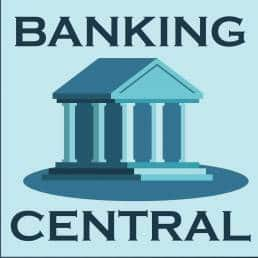



Last week, there was a meeting of microfinance lenders to discuss the latest Reserve Bank of India (RBI) framework for microlending institutions. Some microlenders sought more time to comply with the new rules. Others welcomed it. But some key changes in the definition are worth discussing here. For beginners, here is the context: The RBI, on March 14, issued a fresh framework for microfinance loans, to ensure entities including banks and seven NBFC-MFIs (non-banking financial company-micro finance institutions) are brought under similar regulations. Issuing 'Master Direction Reserve Bank of India (Regulatory Framework for Microfinance Loans) Directions, 2022', the RBI defined a microfinance loan as a 'collateral-free' loan given to a household having annual income up to Rs 3 lakh.

Previously, the urban household income limit was kept at Rs 2 lakh, and that of rural was Rs 1.6 lakh. The increase in household income limit to Rs 3 lakh raised a few eyebrows within the industry. A senior microfinance industry official, a veteran in the business, told this writer that such an increase in income limit could probably dilute the original idea of microfinance as a lending institution to small income borrowers. With the limit going up to Rs 3 lakh, even personal loans can be classified as microfinance loans, said the official. Another industry official posed a question that whether the increased thrust on households will dilute the women-centric nature of microfinance. Both points should be debated. If lending institutions start classifying personal loans as microfinance loans it could create a distortion in the very idea itself. Lenders can then conveniently mask majority of personal loans as microfinance loans to escape regulatory scrutiny on the unsecured lending book. The microfinance industry has gone through a raft of changes in the last decade. The 2010 Andhra Pradesh microfinance crisis exposed the ugly side of the small loan market and brought in the much needed regulatory attention on the sector. The RBI engaged in direct regulation of larger microfinance institutions by creating a category of NBFC-MFIs.
Another concern is the end use of microfinance loans. All these years, microfinance has acted as a bridge between formal lending institutions and unbanked rural poor. The industry has derived its strength from small groups of women borrowers using the facility for entrepreneurial activities and livelihood creation. Enhancing the scope of microfinance time to time is good -- it is vital to retail the focus of such loans as an enabler for livelihood creation for small income groups. If all small-ticket personal loans fall under MFI tag and are used for non-income generating activities, then such loans can eventually turn tricky for originating lenders if not repaid on time. Banks typically see pain from unsecured loans during economic downcycles. Many are currently in the process of cutting down such lending from their books. To sum up, while microfinance rules need to be revisited time to time, it is essentially to keep the fundamental idea intact.
(Banking Central is a weekly column that keeps a close watch and connects the dots about the sector's most important events for readers.)
Discover the latest Business News, Sensex, and Nifty updates. Obtain Personal Finance insights, tax queries, and expert opinions on Moneycontrol or download the Moneycontrol App to stay updated!
Find the best of Al News in one place, specially curated for you every weekend.
Stay on top of the latest tech trends and biggest startup news.